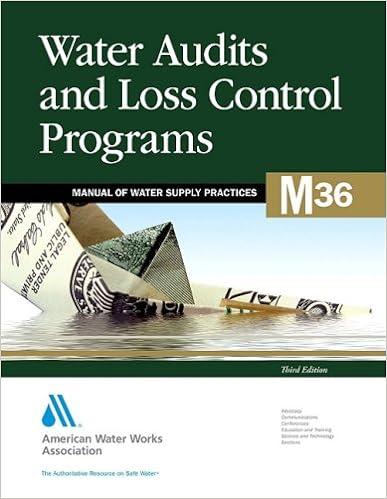Che Required information Problem 9-12 (Algo) Retail inventory method; various applications (LO9-3, 9-4, 9-5) [The following information applies to the questions displayed below.] Raleigh Department Store uses the conventional retail method for the year ended December 31, 2019. Available information follows: a. The inventory at January 1, 2019, had a retail value of $47,000 and a cost of $30,860 based on the conventional retail method. b. Transactions during 2019 were as follows: Cost $301, 860 6,100 5.200 Retail $510,000 12,000 Gross purchases Purchase returns Purchase discounts Gross sales Sales returns Employee discounts Freight-in Net markups Net markdowns 476,000 8.eee 6,000 27,500 27,000 12,000 Sales to employees are recorded net of discounts rk 6 (Ch 9) Help Save & E Check Sales to employees are recorded net of discounts. c. The retail value of the December 31, 2020, inventory was $92,560, the cost-to-retail percentage for 2020 under the LIFO retail method was 65%, and the appropriate price index was 104% of the January 1, 2020, price level. d. The retail value of the December 31, 2021, inventory was $50,290, the cost-to-retail percentage for 2021 under the LIFO retail method was 64%, and the appropriate price index was 107% of the January 1, 2020, price level. Problem 9-12 (Algo) Part 1 Required: 1. Estimate ending inventory for 2019 using the conventional retail method. (Amounts to be deducted should be indicated with a minus sign.) Cost Retail Cost-to-Retail Ratio Beginning inventory Help Save Required information Goods available for sale Cost-to-retail percentage Less: Not sales Sales Sales returns Employee discounts Estimated ending inventory at retail Estimated ending inventory at cost Problem 9-12 (Algo) Part 2 Required: 2. Estimate ending inventory for 2019 assuming Raleigh Department Store used the LIFO retail method. (Amounts to be de should be indicated with a minus sign.) Cost Retail Cost-to-Retail Beginning inventory Goods available for sale (excluding beginning inventory) Goods available for sale (including beginning inventory) t 2 of 3 Goods available for sale (excluding beginning inventory) Goods available for sale (including beginning inventory) nts Cost-to-retail percentage eBook Print References Less: Net sales Sales Sales returns Employee discounts Estimated onding inventory at retail Estimated ending inventory at cost











